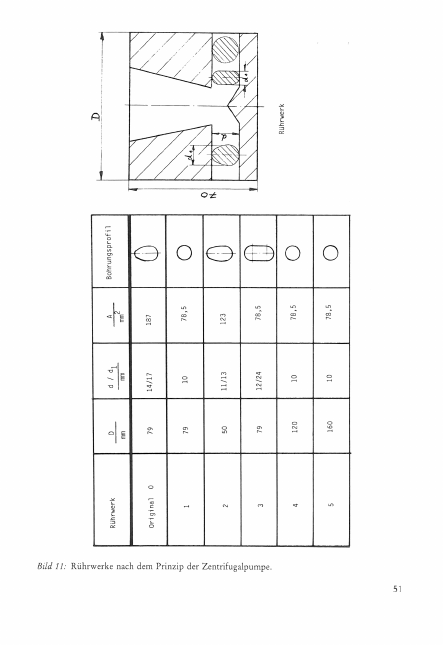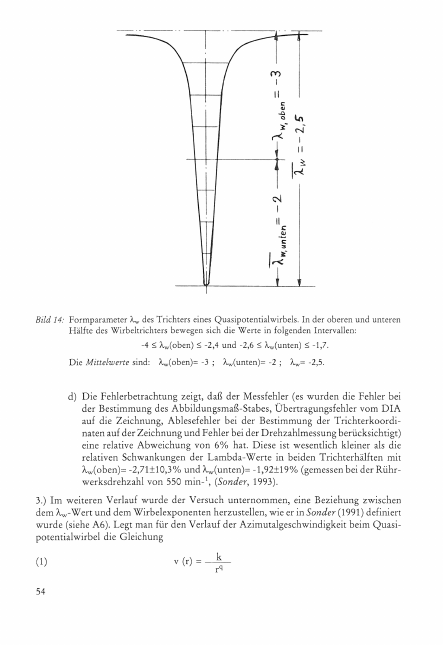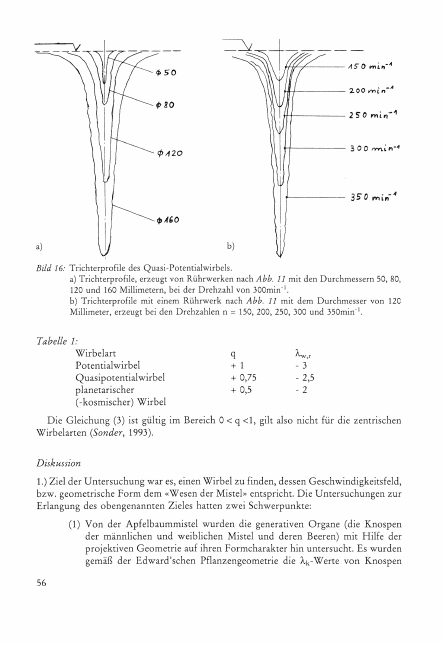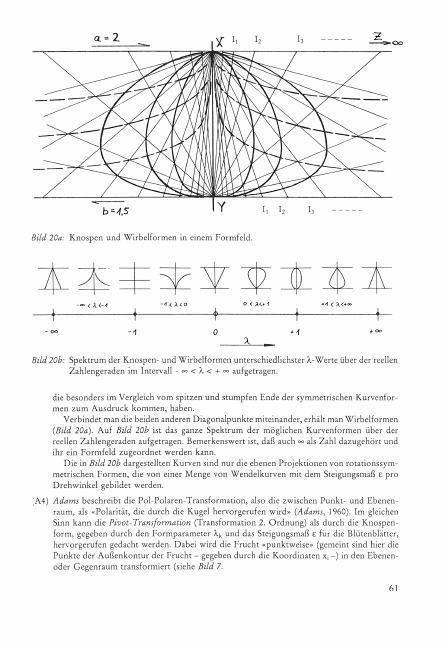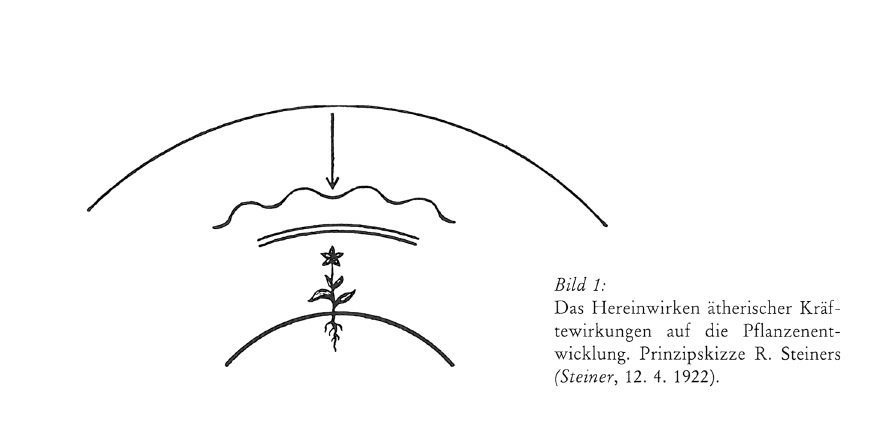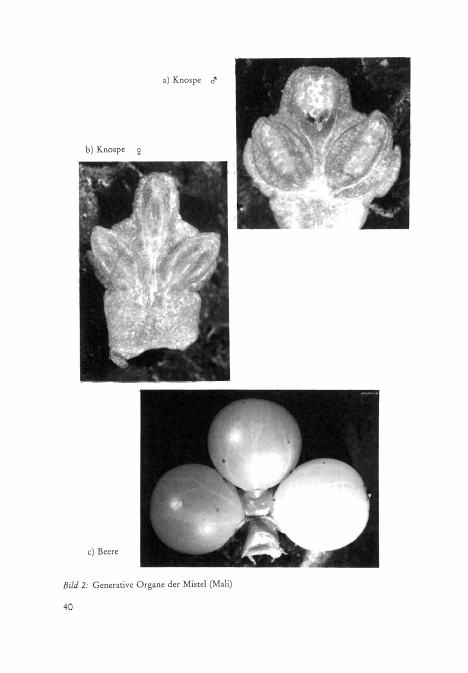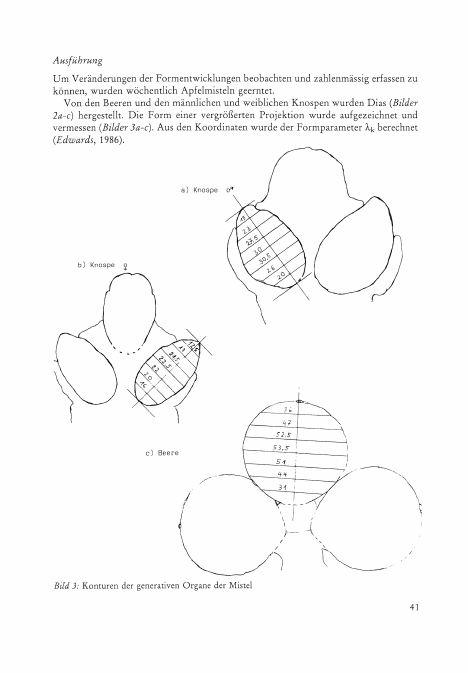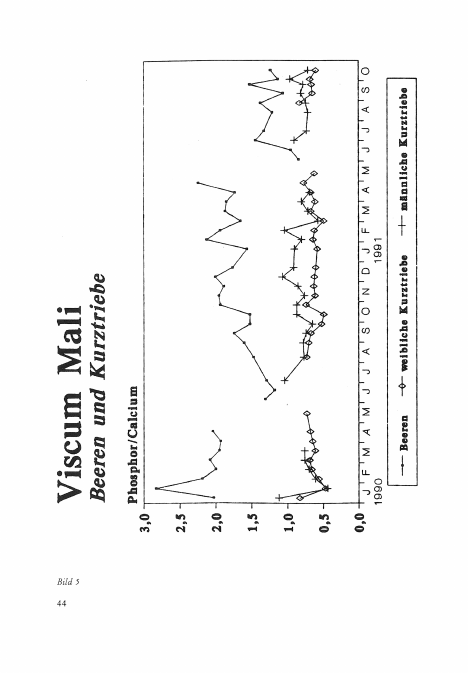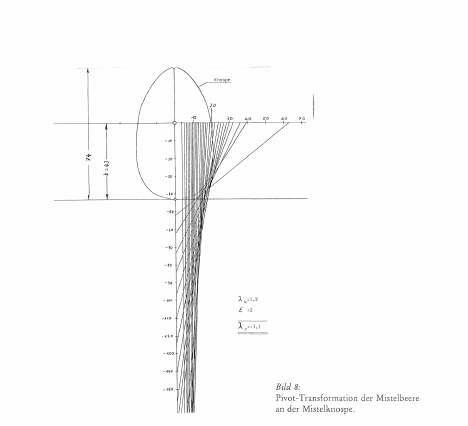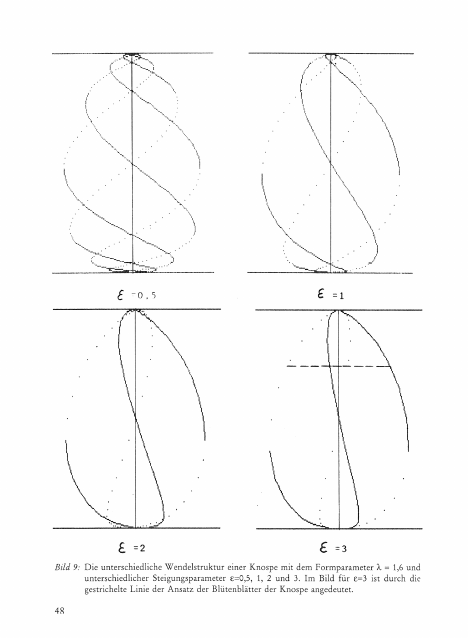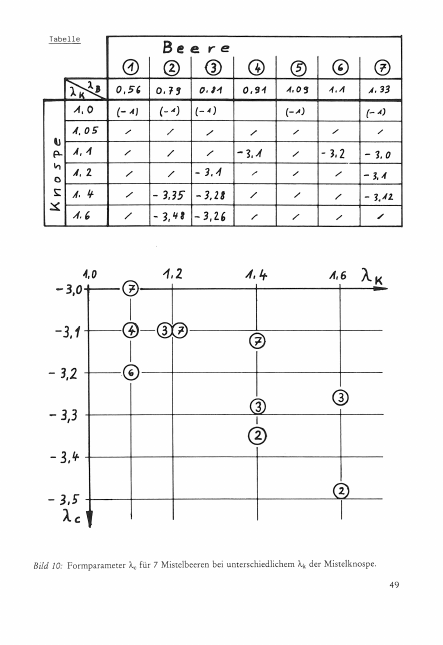Mistel und Wirbelform als Grundlage zur Gestaltung von Mischprozessen
Elemente der Naturwissenschaft
58,
1993,
P.
37-63 |
DOI:
10.18756/edn.58.37
Article | Language: German | €6.00
Export Article Citation as
- Plain text
- BibTeX
- RIS format
- Download price : € 6.00
Abstract:
The example of mistletoe will show that it is possible to find mixing processes according to the essential feature of plants. The Pivot-Transforrnation is a projective-geometric method to find relations between the shape of bud and berry, based on the geometry of pathcurves and vortices. There is a relation between the morphological development in time on the one hand and on the other hand the variation in time of the quotient of Phosphor and Calcium (P/Ca) in the organs.
